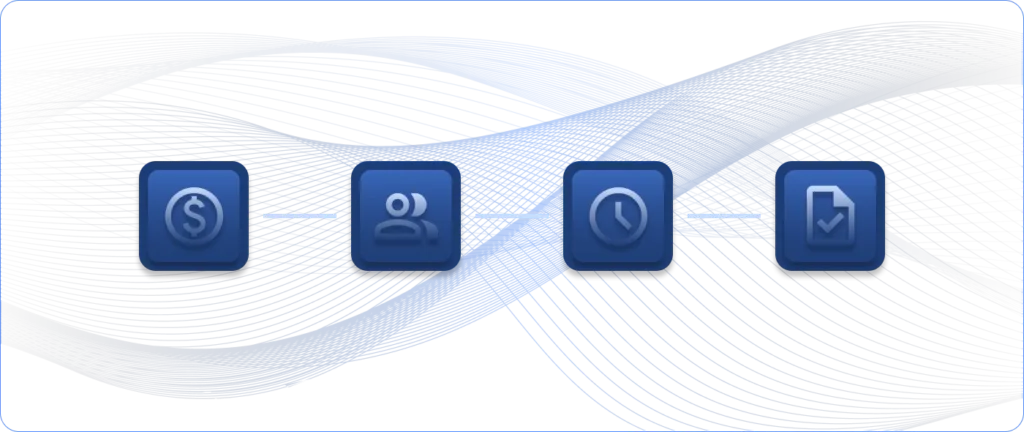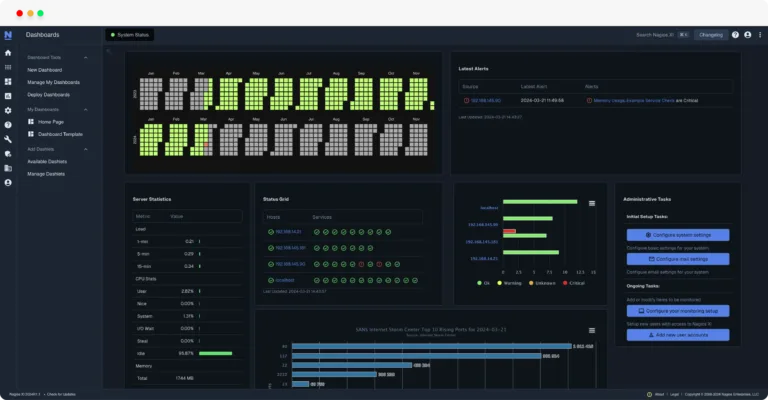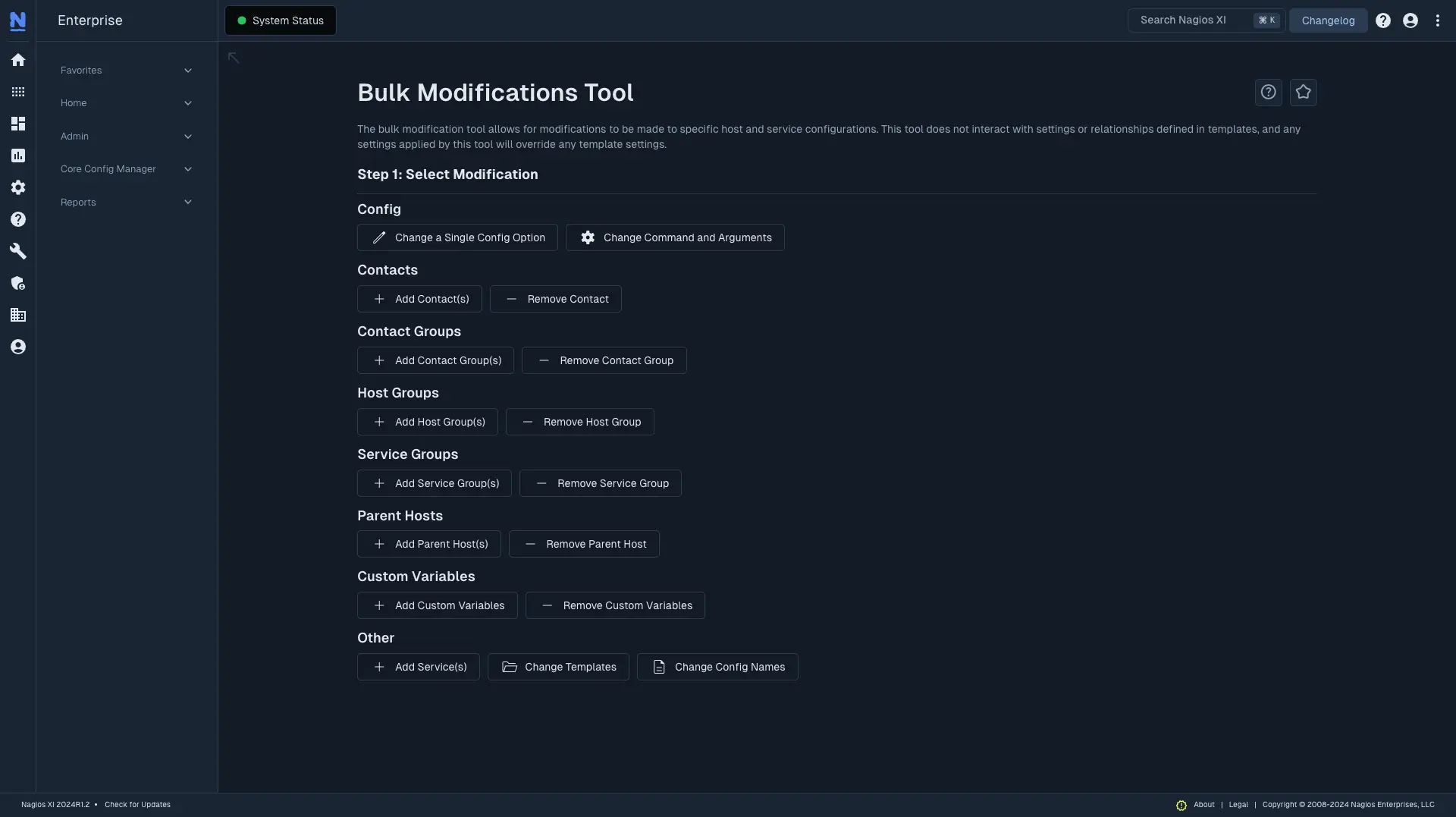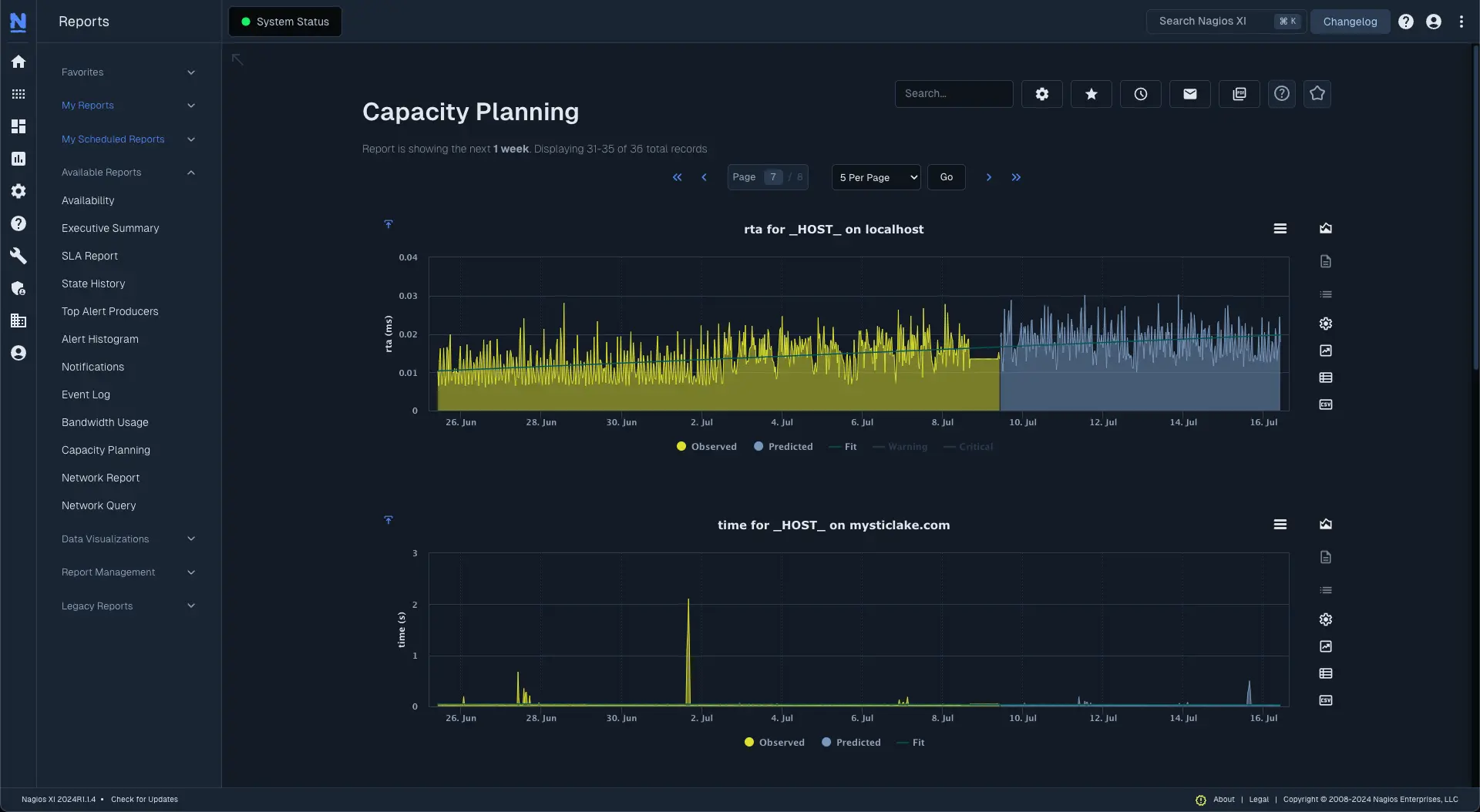
When choosing a solution to monitor your IT infrastructure, it can be tempting to look toward free open-source options, like Nagios Core, to save money. But do the dollars saved on not purchasing an enterprise solution actually save your organization money overall? Here are some of the “hidden costs” that a free monitoring license could contain so that you can make an informed choice about whether a free solution or an enterprise solution is best for you:
Primary users of open-source platforms often need to understand the command line or have a deep technical understanding of the product to use it effectively and efficiently. Think about the costs that would accumulate with not just the setup and initial implementation but also the day-to-day management of the platform with performing trivial tasks that could be done by less specialized team members. Specialized workers more often than not come at a premium cost, which can really add up in the long run when you consider the cost of onboarding new employees or training current staff to be able to manage an open-source monitoring tool.
It’s a significant undertaking to train a new user on a free, open-source platform because it requires the new user to already have an understanding of the command line or know intricate product details. There will be a considerable learning curve for an incoming employee, especially if the system administrator who set up the IT monitoring platform is no longer part of the organization. The time spent training new users is a cost that organizations are not usually willing to risk due to the typical tenure of a system administrator being only one to three years.
Increase the clarity and efficiency of your IT infrastructure monitoring to proactively resolve issues.

Enterprise infrastructure monitoring solutions are usually built with less technical users in mind. Their user-friendly interfaces make it possible to assign less technical users to the day-to-day management of the software, freeing up system administrators’ time for the higher-level tasks that require their expertise.
Free infrastructure monitoring licenses often require users to configure and update devices manually. Open-source platforms will require additional add-ons for functions like collecting and maintaining performance data. Without an experienced user regularly maintaining such add-ons, the software could break. These types of tasks not only require expensive system administrators but also take a considerable amount of time to set up and maintain. Maintaining these add-ons is critical for an open-source monitoring tool to function optimally, though, because without them, you could end up with blind spots in your monitoring and potentially miss important information that could help to prevent issues.
Enterprise platforms that come with pre-built templates enable users to quickly configure new devices using a tried and tested setup. These templates allow non-technical users to start monitoring devices without ever needing to touch the command line. Some enterprise tools also allow users to build and save their own templates, so they only have to create one configuration, clone it, and implement it across all devices of the same kind.

Bulk modification features included in enterprise versions also enable users to make sweeping configuration changes across thousands of Hosts, mitigating the cost associated with spending time updating each device.
Often, free infrastructure monitoring tools don’t include robust reporting features that an enterprise version does. As a result, users have to gather information on each device they’re monitoring and run their reporting outside of the tool. Enterprise platforms typically include visualization tools that not only save time (and therefore, money) but also improve a system administrator’s ability to keep executives informed on the status of the company’s IT infrastructure.

Enterprise platforms frequently have sophisticated reporting features, including charts and graphs for easy visualization. They should also include scheduled reporting to enable users to automatically send updated reports to executives without having to go into the platform each time to pull them. Reports make it easy for executives to understand the data, so system administrators don’t have to spend time explaining what the information means.
When choosing an enterprise monitoring solution, system administrators should look for reports that make it easier to identify trends in their business, which can indicate when new hardware or equipment will be needed based on predicted future capacity. Enterprise solutions like Nagios XI for example, include a Capacity Planning Graph to help give better predictions about when hardware will need to be replaced or when disk space will run out. Predictive reports like these help organizations forecast future expenses and get new equipment in place before their existing hardware fails.
Free IT monitoring tools usually don’t include features that allow users to organize their systems in a way that enables easier management. One of those features is user permissions that allow control of what each user sees, requiring users of free monitoring tools to sift through information that’s not relevant to them. There’s also the potential security risk that comes with multiple people having access to devices. Not only does that make it hard to nail down who has access to what, but it also is a major time sink to track down that access and fix it if there is an issue. Enterprise licenses, like XI, that have multi-tenant capabilities enable administrators to control what users can view and reduces the time that it takes for employees to find the information that’s most relevant to them.
Open-source licenses often require an administrator who has the expertise to group similar devices together for more efficient monitoring. With an enterprise solution, an administrator can easily set up Host or Service groups that group together similar devices. Consider this: if your organization has a graphic design department whose devices’ CPU often spikes, the administrator can group all of the graphic design computers together to easily monitor how the department’s computers are functioning and pinpoint when a computer isn’t performing the way it should. This grouping reduces the need to toggle between many devices to identify ones that are more prone to errors and to proactively take action before an employee’s device fails.
Another way that free open-source licenses cost time is that they lack features to help users pinpoint the specific location of devices—either geographically or in a crowded server room with numerous devices. Some enterprise solutions enable administrators to mark the location of devices on a map. If a server needs attention, an administrator can quickly identify its location on the map and head in that direction. The ability to map devices saves the time and money it would have otherwise taken to determine the location of the problematic device.
Some enterprise platforms also include server-room visualization tools. These tools allow administrators to visually mark where each server is within a server room. If the user gets an alert that a server is down, they don’t have to search the room to identify the server’s location. Instead, they can pull up the visualization tool to see a picture of the server room that indicates the troubled server’s location.
Free infrastructure monitoring licenses can cost organizations a significant amount of time and money. By investing in an easy-to-use enterprise monitoring tool with sophisticated and advanced features, it makes system administrators’ jobs easier, less cumbersome, and allows for smoother transitions for new employees.
If you are currently using an open-source tool and are ready for an upgrade, why not check out Nagios XI? You can read more about XI and all of our other solutions here:
Nagios, the Nagios logo, and Nagios graphics are the servicemarks, trademarks, or registered trademarks owned by Nagios Enterprises. All other servicemarks and trademarks are the property of their respective owner. Website Copyright © 2009-2025 Nagios Enterprises, LLC. All rights reserved.